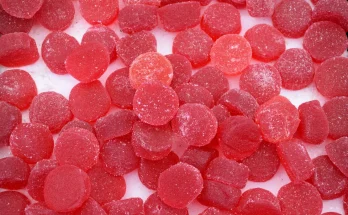The sad reason you’ll never see great white sharks.
Visiting an aquarium can be a lot of fun if you have one nearby.
But one animal you will never see in an aquarium is the great white shark.

Even though they’re about the same size or even smaller than some other sea creatures, there’s a sad reason why they can’t be kept in aquariums.
They often get stressed and sick when kept in captivity.
When great white sharks are held in captivity, they usually end up dying.
Sadly, the shark didn’t even last a single day.

Since then, many other attempts have been made, but none have worked.
The Monterey Bay Aquarium in California holds the record for keeping a great white shark for the longest time.
But even that didn’t go well, as the shark died soon after being released back into the ocean.

So why is it so hard to keep great white sharks in aquariums?
First, let’s talk about their eating habits.
They like to eat live prey such as tuna, rays, and other sharks.
They snack on seals, sea turtles, otters, and birds too.

This makes it really hard and expensive to feed them in an aquarium.
Another reason is that great white sharks are always on the move.
Water has to flow into their mouths and out through their gills so they can get oxygen.
Great white sharks can grow up to 6.1 meters long, so they would need a gigantic tank to be comfortable.

Building and maintaining such a big tank would cost a lot of money.
Many times, they stop eating and die from starvation.
According to Shark Bookings, which offers shark diving experiences in South Africa:
“It has also been noted that they get increasingly aggressive in their depressed state.”
With all this in mind, it’s better to let Jaws and his friends swim free in the big blue sea where they belong.


